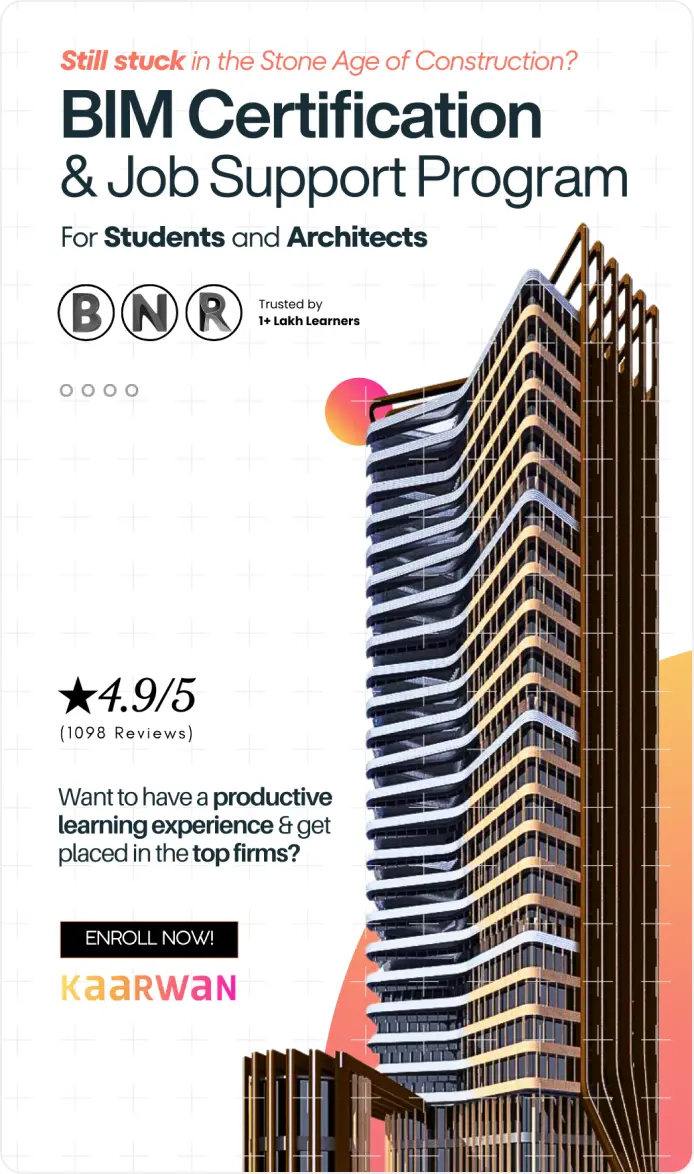Have you ever stepped into a space that instantly feels calming and harmonious? Or perhaps a building that exudes a sense of grounded stability? These experiences might be attributed to the ancient Indian architectural practice known as Vastu Shastra.
For centuries, Vastu Shastra has guided the design and construction of dwellings, temples, and public spaces. While rooted in tradition, Vastu Shastra offers valuable insights that can be surprisingly relevant for architects and designers in today's world. This article delves into the fascinating world of Vastu Shastra, exploring its core principles and their modern applications. We'll unveil the secrets behind creating balanced, energy-efficient spaces that promote well-being and prosperity.
The Essence of Vastu Shastra
Vastu Shastra translates to "science of dwelling." It's a holistic system that emphasizes the harmonious relationship between architecture, nature, and the occupants of a space. Vastu principles are based on the belief that the five elements – earth, water, fire, air, and space – influence the energy flow within a building. By carefully considering these elements and their corresponding directions, Vastu aims to create a built environment that fosters positive energy and supports the well-being of those who inhabit it.
Core Principles of Vastu Design
1. Directional Alignment
Vastu places significant emphasis on the orientation of a building. The ideal placement is with the main entrance facing east, allowing for the positive energy of the rising sun to fill the space. Bedrooms are best positioned in the southwest for restful sleep, while the kitchen is ideally located in the southeast to promote healthy digestion.
2. Balancing the Five Elements
Each of the five elements is associated with specific directions and has a corresponding influence. For instance, the north is linked to the water element, which symbolizes peace and tranquility. Incorporating water features like fountains or aquariums in the north can enhance these qualities within a space.
3. Geometric Harmony
Vastu emphasizes the use of sacred geometric shapes like squares, rectangles, and circles in the design. These shapes are believed to promote positive energy flow and create a sense of balance and stability.
4. Light and Ventilation
Natural light and proper ventilation are essential aspects of Vastu design. Ample sunlight is said to energize a space, while proper ventilation ensures the flow of fresh air and eliminates negative energy.
5. Functionality and Aesthetics
While Vastu offers specific guidelines, it doesn't advocate rigid layouts. A well-designed Vastu-compliant space should be both functional and aesthetically pleasing, catering to the needs and preferences of the occupants.
Real-World Applications of Vastu in Modern Architecture
The Infosys, Mysore Campus
This sprawling IT campus incorporates Vastu principles in its layout, with open courtyards and water bodies promoting a sense of peace and well-being for employees.
The Auroville Bakery, Auroville
This bakery's design utilizes natural light and ventilation strategies aligned with Vastu principles, creating a naturally bright and airy space.
The Chennai Mathematical Institute
This renowned institute's design prioritizes natural light and open spaces, reflecting Vastu's emphasis on fostering a stimulating learning environment.
Conclusion
In a world increasingly focused on functionality and efficiency, Vastu Shastra offers a refreshing perspective. Its time-tested principles can be thoughtfully integrated into modern design practices to create spaces that are not only aesthetically pleasing but also promote well-being and positive energy flow. Whether you're an architect, designer, or simply someone seeking to create a more harmonious living environment, exploring the principles of Vastu Shastra can be a rewarding journey. By embracing this ancient wisdom, we can bridge the gap between tradition and modernity, fostering a future where our built environments nurture not just our physical needs but also our emotional and spiritual well-being.
Frequently Asked Questions (FAQs) about Vastu Shastra
What are the benefits of Vastu-compliant design?
Proponents of Vastu Shastra believe it can lead to a number of benefits, including improved health, increased prosperity, better relationships, and a greater sense of peace and well-being within a space.
Is Vastu Shastra scientific?
The principles of Vastu Shastra are based on ancient traditions and philosophies. While there is no scientific evidence to directly support its claims, many people find that following Vastu guidelines creates positive changes in their lives.
Can Vastu Shastra be applied to modern architecture?
Absolutely! The core principles of Vastu Shastra, such as maximizing natural light and ventilation, emphasizing directional alignment, and creating a balanced and functional layout, can be seamlessly integrated into modern architectural design. Architects can use Vastu principles as a guide while still incorporating contemporary aesthetics and adhering to building codes.
Does Vastu Shastra have any limitations?
Vastu Shastra was developed in a time with different spatial constraints and building materials. Incorporating all Vastu recommendations might not always be feasible in modern urban environments with limited plot sizes. However, a skilled architect can still find creative solutions to incorporate key Vastu principles within these limitations.
How much does it cost to design a Vastu-compliant home?
The cost of designing a Vastu-compliant home can vary depending on the architect's experience, the complexity of the project, and the location. In general, there shouldn't be a significant price difference compared to a non-Vastu design. The key is finding an architect who understands both Vastu principles and modern architectural practices.
Are there any resources available to learn more about Vastu Shastra?
There are numerous resources available to learn more about Vastu Shastra. Books, websites, and even online courses can provide in-depth information on the philosophy and its practical applications. Additionally, consulting with a Vastu expert can be beneficial for those planning a new construction project.
Is Vastu Shastra a religion?
Vastu Shastra is not a religion. It's a traditional system for design and architecture that can be practiced by people of any faith or background.
How can I get started incorporating Vastu principles into my existing home?
Even in existing homes, there are ways to incorporate some basic Vastu principles. Decluttering your space, maximizing natural light and ventilation, and arranging furniture to promote flow can all contribute to a more balanced and harmonious environment.
By exploring these FAQs, you've gained a deeper understanding of Vastu Shastra and its potential applications in your own life. Remember, Vastu Shastra is a vast and multifaceted practice. As you delve deeper, you'll discover a treasure trove of wisdom that can guide you in creating a space that not only reflects your personal style but also fosters well-being and positive energy.
Ready to master Vastu Shastra? Enroll in our Advanced Vastu Design & Compliance Course today and transform your spaces with ancient wisdom!
Visit the Kaarwan website for more insights!

